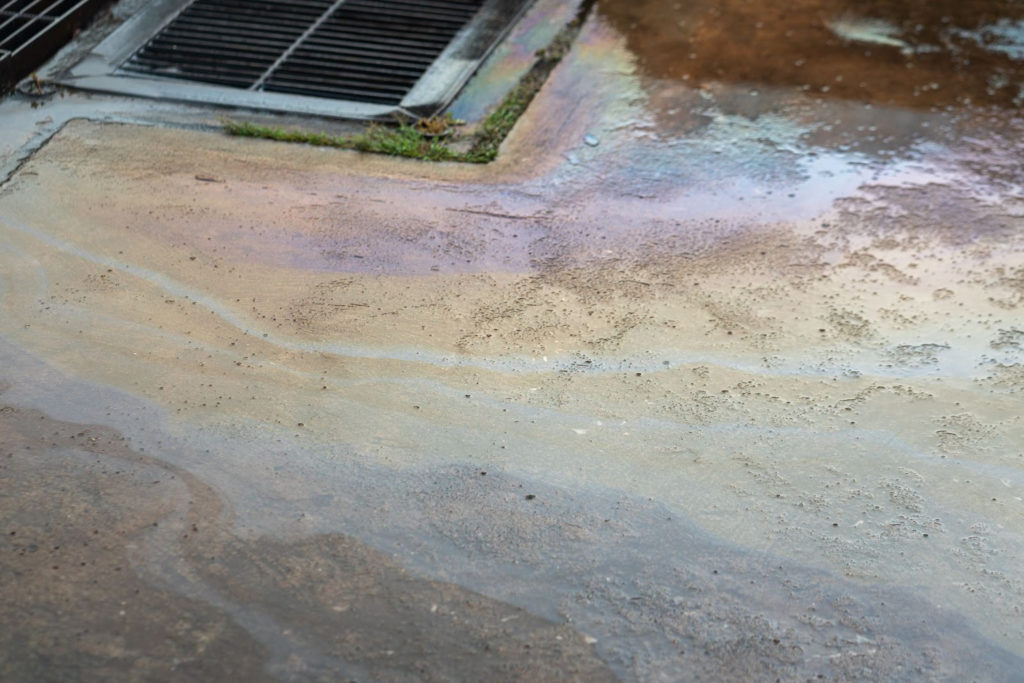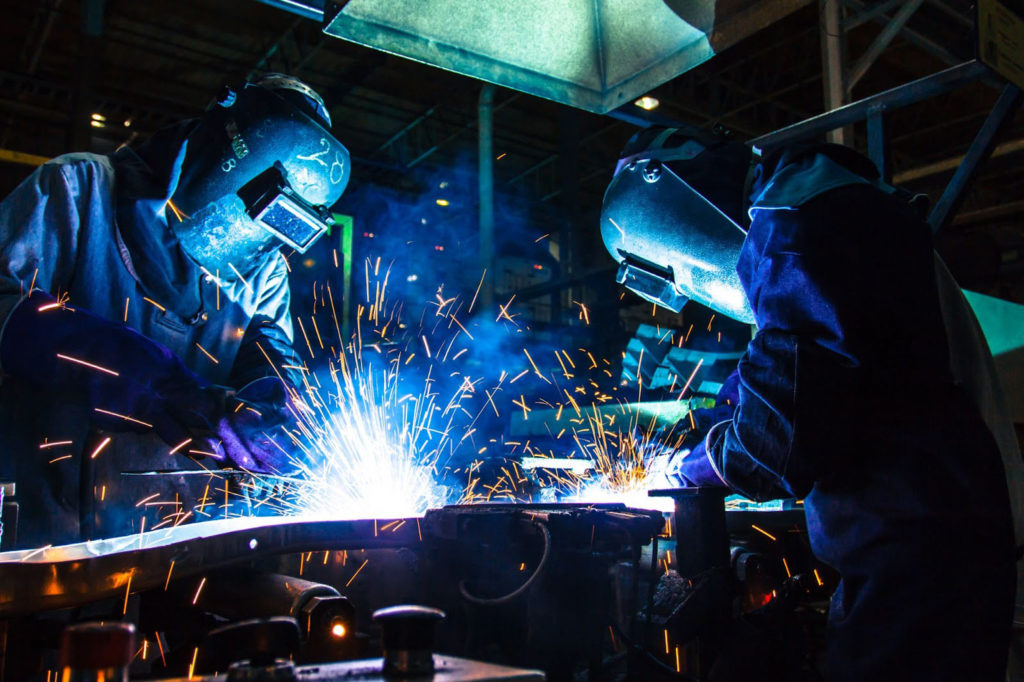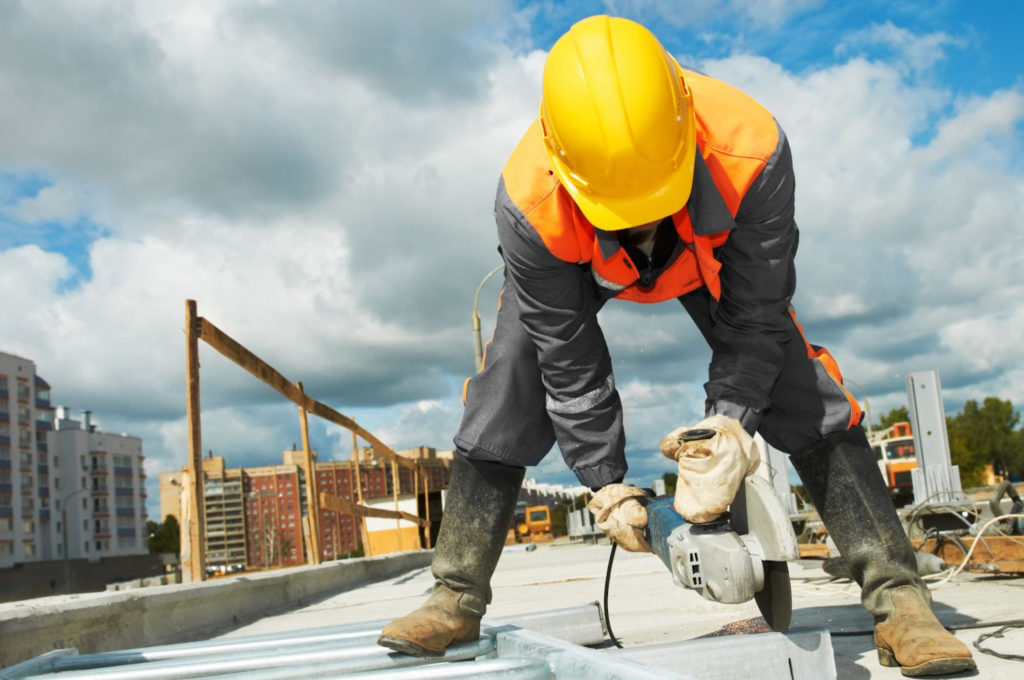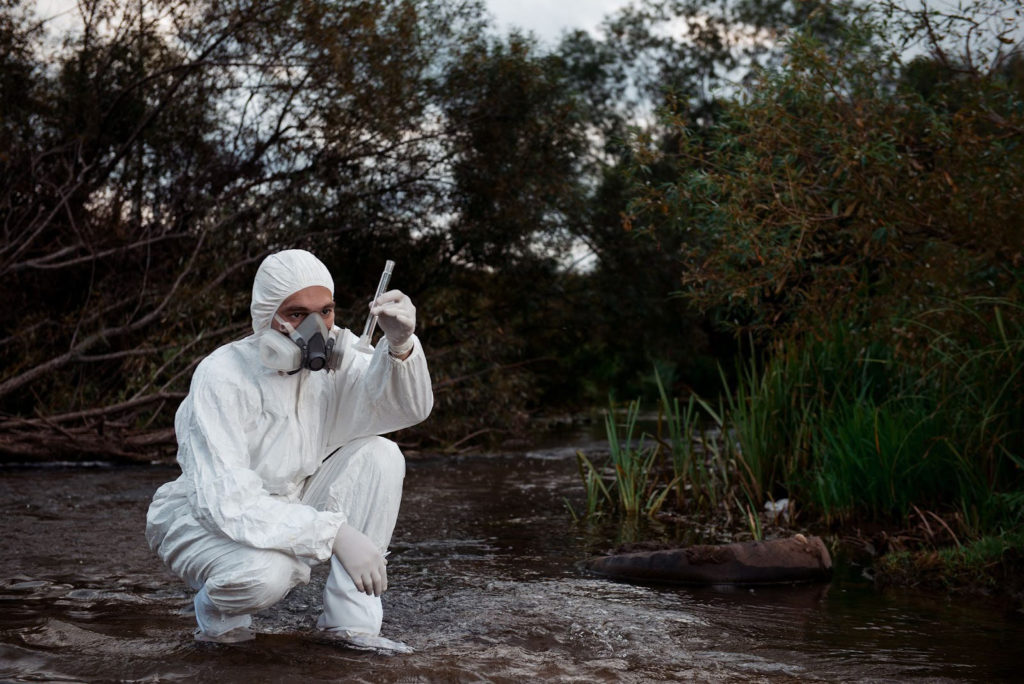With proper Industrial Hygiene, you can protect your employees from potential illness, injury, and stressors, at workplaces that can have long or short-term effects. Why risk it? Your employees will thank you. Here are some examples of the risks workers are exposed to in their respective industries.

Oil and Gas Industry:
- Toxic and flammable gasses, such as Respirable Crystalline Silica, Hydrogen Sulfide and Hydrocarbons
- Ergonomic hazards
- Confined spaces
- Heat stress
Healthcare:
- Microorganism hazards
- Sharps injuries
- Harmful exposures to chemicals and hazardous drugs
- Respiratory exposures
- Ergonomic injuries
- Radiation
Construction Sites:
- Inhalation hazards from:
- Welding
- Abrasive blasting
- Cutting brick and concrete
- Grinding masonry
- Use of solvents and corrosives
Manufacturing:
- Noise hazards
- Toxic fumes and vapors
- Heat stress
- Confined spaces
Shooting Ranges:
- Airborne lead exposure
- Surface lead exposure
- Noise hazards

What is Industrial Hygiene and how is it done?
OSHA defines Industrial hygienists as professionals trained to anticipate, recognize, evaluate, and recommend controls for environmental and physical hazards that can affect the health and well-being of workers. There are 4 elements to industrial hygiene, anticipation, recognition, evaluation, and control. In the anticipation element, the goal is to measure and identify exposures and risks, including inspecting, researching, and analyzing chemicals and physical hazards that put your worksite or workers’ health in danger. Once risks are anticipated, the potential risk areas or factors need identification in the recognition element. In the evaluation element of industrial hygiene, if a hazard exists and to what degree it exists are determined. Once the degree of the hazard has been determined, a decision will be made on how to minimize or control the exposure in the control element.

When is Industrial Hygiene done?
OSHA requires employers to conduct baseline assessments to identify workplace hazards such as noise and chemical exposures initially to determine if the measurements meet or exceed OSHA standards. Ensolum industrial hygienists, led by a Certified Industrial Hygienist, will perform a hazard assessment to determine what exposures should be evaluated and the most thorough and cost-effective methods to characterize the exposures. State-of-the-art equipment and sampling methodology will be utilized to perform the exposure monitoring. All chemical samples will be analyzed by American Industrial Hygiene Association (AIHA) accredited laboratories.

Who can help with Industrial Hygiene?
Ensolum! Our industrial hygienists perform a worksite analysis to determine job duties and workstations that could be sources of problems. We utilize our experience, state-of-the-art instruments, and laboratory analysis to determine the extent of issues and develop corrective measures for the work process/site. Ensolum performs chemical exposure assessments to determine if engineering controls, administrative controls, or personal protective equipment are required to reduce employee exposures. Ensolum will develop a sampling strategy based on the operations at your facility that meets OSHA requirements for evaluating exposures to chemicals. We can also assess your facility for hazardous noise exposures and assist you with developing a hearing protection program that meets OSHA regulations. Ensolum is committed to providing client-specific industrial hygiene and safety solutions. Additionally, our team of industrial hygienists is committed to the recognition, evaluation, and control of acute and chronic environmental factors and stresses occurring in workplaces that can result in sickness, discomfort, and otherwise impaired health. To learn more about our services or request an assessment, contact us online at Ensolum.com or give us a call at 844-500-7775!

